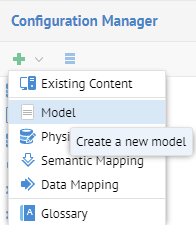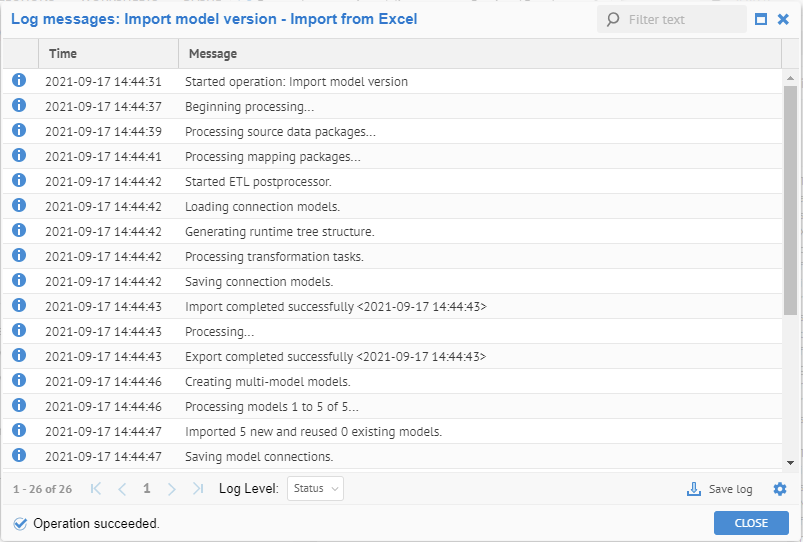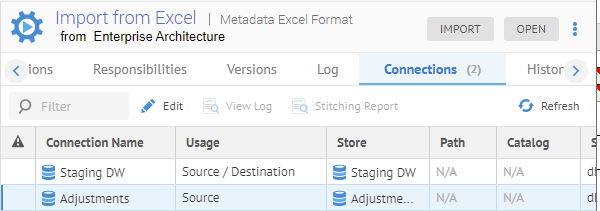Import from a Metadata Excel Format (Deprecated)
The data mapper is compatible with the Excel metadata format that is defined and provided as part of the delivery of Talend Data Catalog . In this way, you may import an existing spreadsheet in this format into a data mapping. Note, this process may fail due to differences in the definition of the source and/or target data stores in the spreadsheet vs. the versions of those models in Talend Data Catalog and associated with the specific mappings.
Best practice, though, is to import the spreadsheet as an ETL model using the Excel Metadata Format file import bridge.
Only query mappings are supported by the Excel format.
Steps to import into a data mapping (generally not a supported practice)
- Sign in as a user with at least the Metadata Import / Export capability object role assignment on the Data Mapping you are going to edit.
- Navigate to the object page for the data mapping model.
- Go to More Actions > Import.
- Select the file pathname for the spreadsheet.
- Click IMPORT.
Steps to import into model (Best Practice)
- Import the spreadsheet as an ETL model using the Excel Metadata Format file import bridge just as for any other model import.
- Go to the Connections tab and stitch the data store models which are source and target of the original data mapping.
- Click UPDATE AND BUILD to resolve the stitchings.
Example of Best Practice with Spreadsheets
Sign in as Administrator and open the Adjustments to Staging data mapping.
Go to MANAGE > Configuration and Create a new model using the Metadata Format file import bridge:




Go to the Connections tab and stitch the data store models which are source and target of the original data mapping.

Click UPDATE AND BUILD to resolve the stitchings.
And you are done.
Importing as an ETL model instead of trying to import back into a data mapping is not only the best practice, it is also quite advantageous:
-You may schedule imports for an imported model, unlike importing into a data mapping which requires the UI
-Since you are now using a model and stitching, rather than a data mapping, it will support changes in either the sources or targets without a hitch (support for change in configuration management).
Did this page help you?
If you find any issues with this page or its content – a typo, a missing step, or a technical error – let us know how we can improve!
